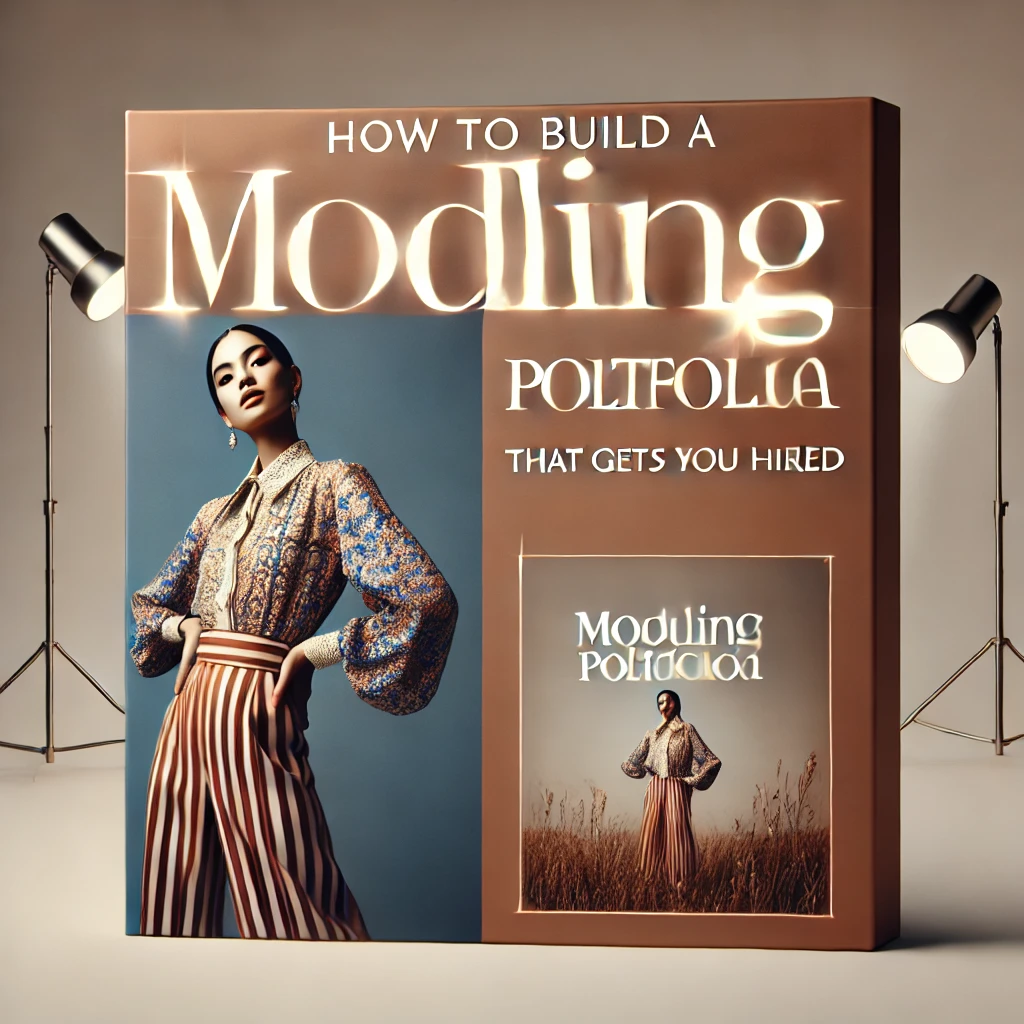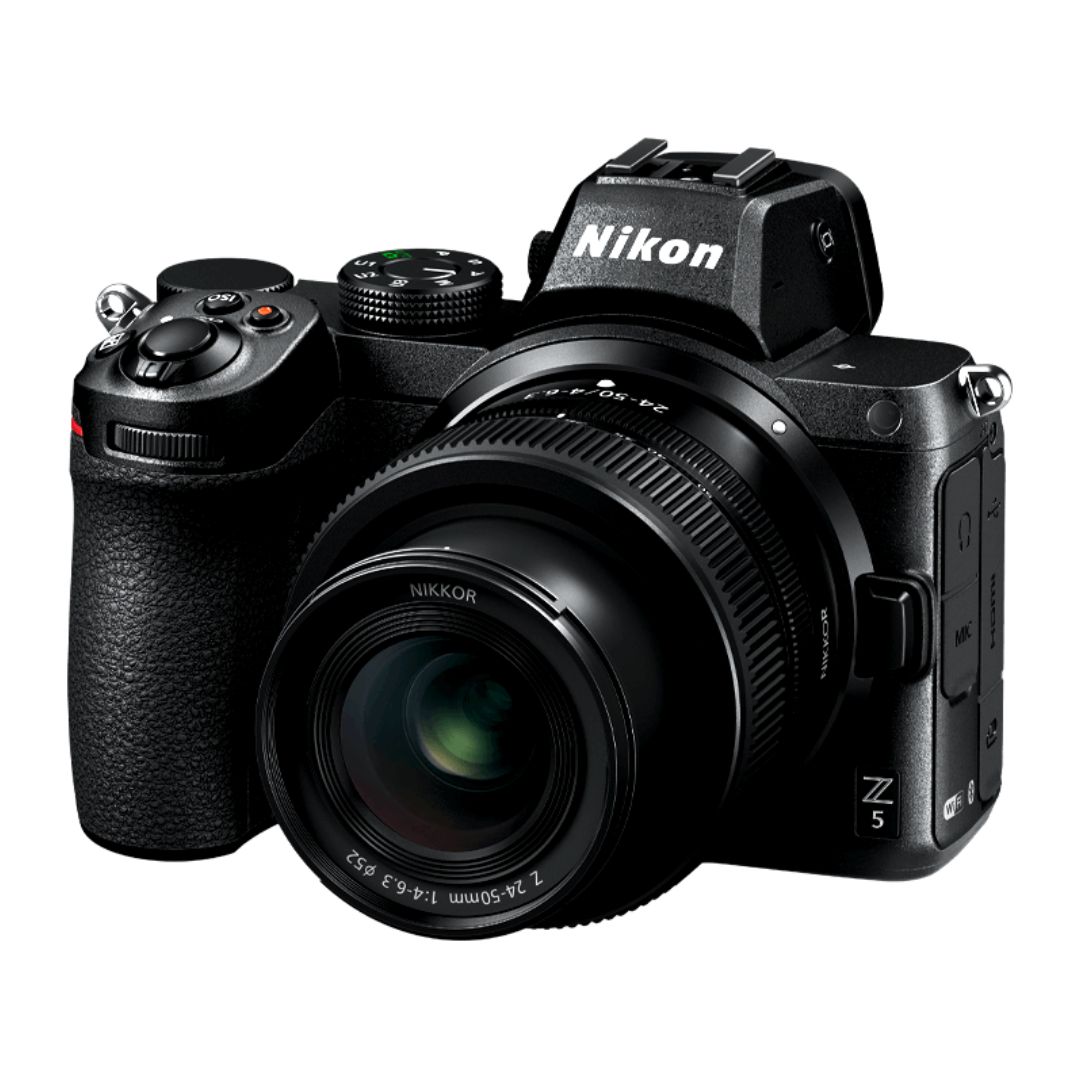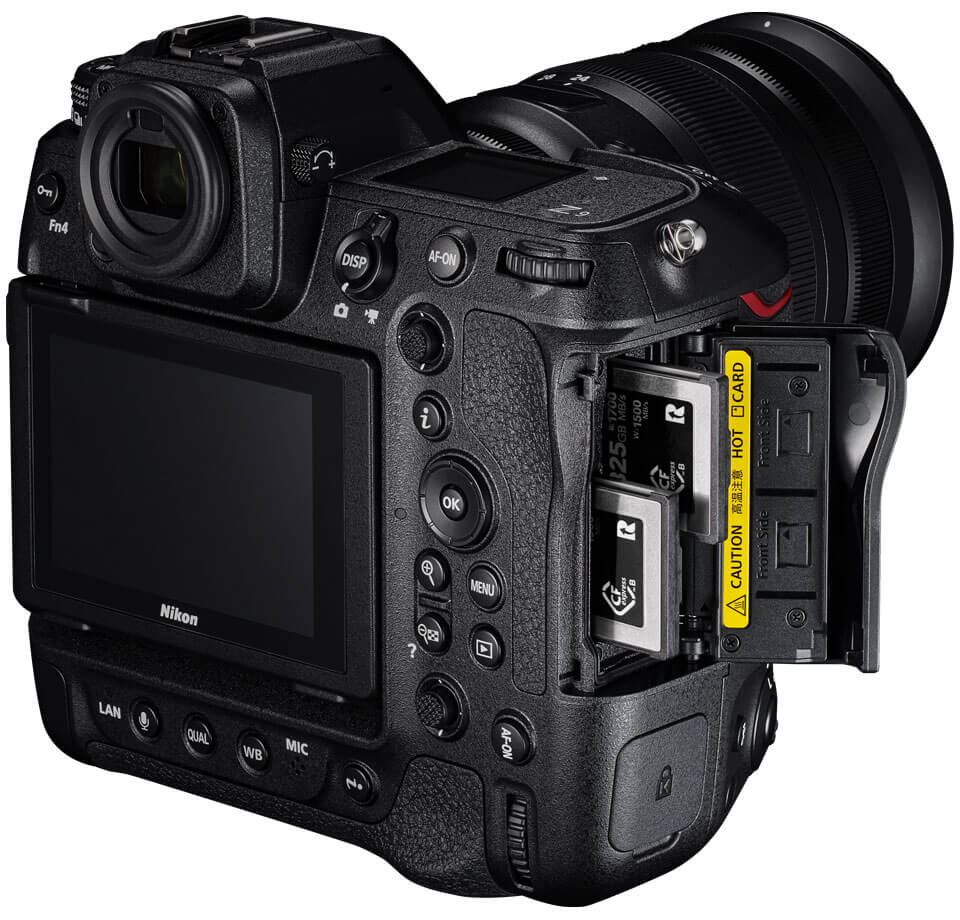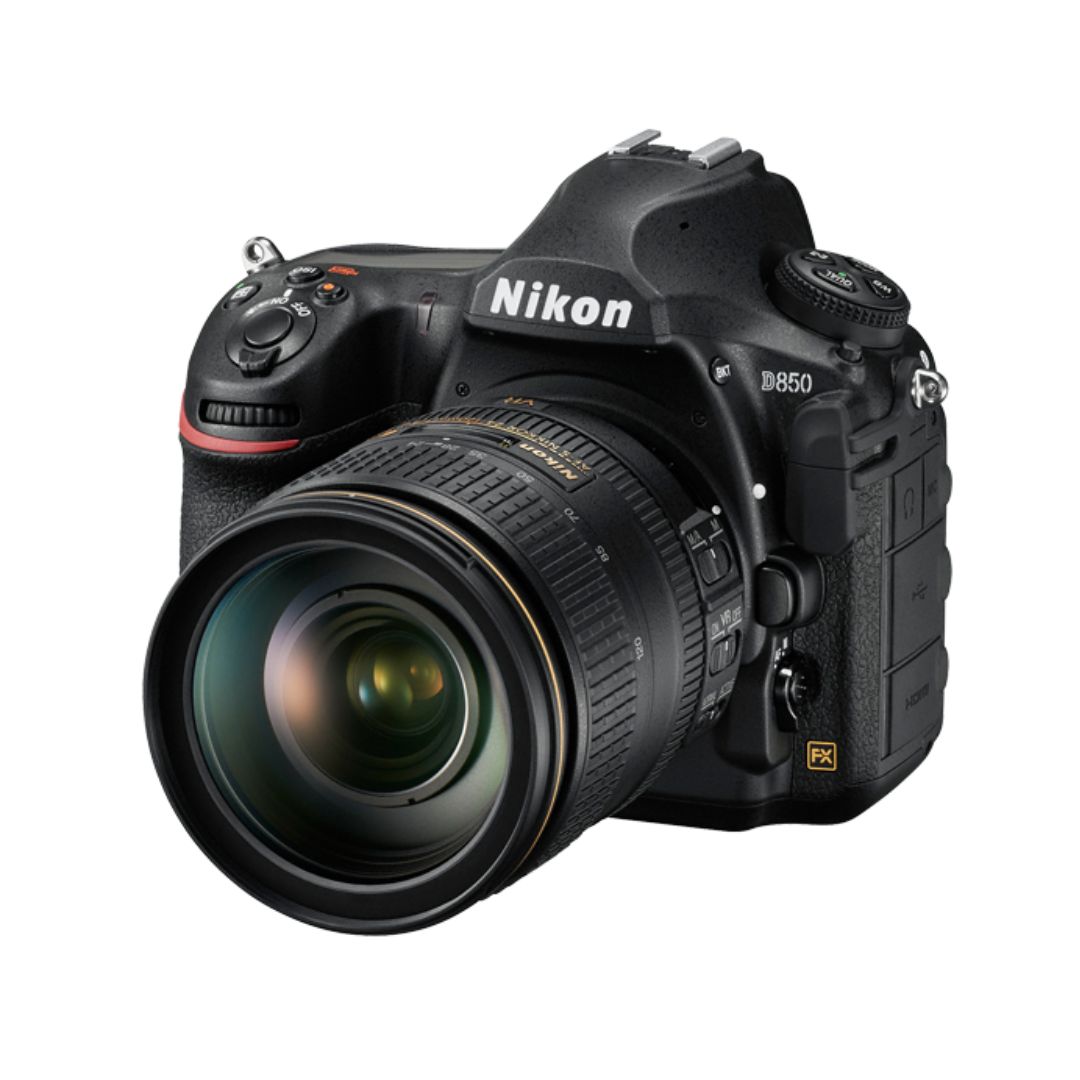A modeling portfolio is your professional resume in the fashion and entertainment industry. It showcases your versatility, skills, and potential to modeling agencies and clients. Whether you are an aspiring model or looking to upgrade your portfolio, creating a well-curated collection of images can set you apart. In this guide, we will cover everything from choosing the right photographer to selecting the perfect outfits, poses, and settings to build a stunning portfolio that increases your chances of getting hired.
Why a Strong Modeling Portfolio Matters
Your portfolio is the first impression agencies, casting directors, and brands will have of you. A high-quality portfolio demonstrates your ability to portray different looks, expressions, and moods. It helps clients envision you in their campaigns and shows your professionalism and dedication to the craft.
Key Benefits of a Professional Portfolio
- Showcases your versatility
- Attracts top modeling agencies
- Increases job opportunities
- Establishes credibility in the industry
- Helps you stand out from the competition
Understanding Different Types of Modeling
Before building your portfolio, you need to determine which type of modeling suits you best. Here are some popular modeling categories:
1. Fashion Modeling
- High-fashion modeling for magazines, designers, and runway shows.
- Requires specific height and body proportions.
2. Commercial Modeling
- Focuses on lifestyle brands, advertisements, and catalogs.
- More inclusive body types and facial features.
3. Fitness Modeling
- Showcases athletic physiques for sports brands and fitness publications.
- Requires a well-toned body and experience in fitness-related poses.
4. Plus-Size Modeling
- Promotes body positivity and inclusivity in fashion.
- Requires confidence and knowledge of flattering angles.
5. Glamour Modeling
- Emphasizes beauty and sensuality, often seen in magazines and promotional shoots.
- Requires strong facial expressions and body confidence.

Choosing the Right Photographer
Selecting an experienced fashion or commercial photographer is crucial to creating a professional modeling portfolio.
What to Look for in a Photographer:
- Strong portfolio and industry experience
- Ability to capture a variety of expressions and poses
- Understanding of lighting and editing techniques
- Positive client reviews and recommendations
Questions to Ask Your Photographer
- What is your experience in shooting modeling portfolios?
- Can you provide references from past clients?
- Do you offer retouching services?
- How many edited images will I receive?
Essential Shots for Your Modeling Portfolio
To create a compelling portfolio, include a variety of shots that showcase your versatility.
1. Headshot
- Close-up of your face with minimal makeup.
- Clear, professional, and well-lit image.
2. Full-Body Shot
- Showcases your physique and proportions.
- Wear fitted clothing to highlight your body structure.
3. Editorial Shot
- High-fashion or storytelling image.
- Emphasizes creativity and style.
4. Commercial Shot
- Portrays a relatable, everyday look.
- Ideal for lifestyle and product modeling.
5. Swimsuit/Fitness Shot (If Applicable)
- Demonstrates body confidence and fitness level.
Choosing the Right Wardrobe
Your outfit selection plays a crucial role in defining your portfolio.
Wardrobe Essentials for Your Portfolio
- Classic black and white attire
- Casual and formal wear
- Swimwear (if relevant to your niche)
- Athletic wear for fitness modeling
- Fashion-forward outfits for editorial shots
Hair, Makeup, and Styling Tips
- Keep makeup minimal for natural headshots.
- Experiment with different hairstyles for versatility.
- Choose neutral and flattering colors for your outfits.
- Avoid heavy accessories that distract from your features.
Posing Techniques for Models
Confidence and fluidity in posing can elevate your portfolio. Practice in front of a mirror or with a photographer.
Top Posing Tips
- Maintain good posture and relaxed shoulders.
- Use dynamic angles to create interesting compositions.
- Engage with the camera using facial expressions.
- Experiment with movement for natural-looking shots.
Selecting and Organizing Your Portfolio
A well-curated portfolio should have around 10-20 high-quality images.
Tips for Organizing Your Portfolio
- Start with a strong headshot.
- Include a mix of different styles and expressions.
- Maintain a cohesive and professional layout.
- Keep it updated with your latest work.
Creating an Online Modeling Portfolio
An online portfolio increases your visibility and accessibility to agencies and clients.
Best Platforms for an Online Portfolio
- Model Mayhem
- Behance
- Personal website
SEO Tips for Your Portfolio Website
- Use high-quality images with optimized file names.
- Include keyword-rich descriptions for each image.
- Create a blog section to share your experiences and expertise.
- Add social media links for better engagement.
How to Approach Modeling Agencies
Once you have a polished portfolio, it’s time to reach out to agencies.
Steps to Apply to Modeling Agencies
- Research top agencies that fit your modeling niche.
- Follow submission guidelines on their website.
- Write a compelling cover letter introducing yourself.
- Attach your best images and portfolio link.
- Follow up professionally if you don’t receive a response.
Social Media and Networking for Models
Social media is a powerful tool for models to gain exposure.
How to Leverage Social Media
- Post high-quality, professional images regularly.
- Use relevant hashtags (#Modeling, #FashionModel, etc.).
- Engage with photographers, brands, and agencies.
- Collaborate with industry professionals for TFP (Time for Print) shoots.
Common Mistakes to Avoid
- Using low-quality or unedited images.
- Overloading your portfolio with too many similar shots.
- Neglecting professional hair, makeup, and wardrobe styling.
- Failing to update your portfolio regularly.
- Ignoring social media presence and networking opportunities.
Conclusion
Building a modeling portfolio that gets you hired requires careful planning, quality photography, and professional presentation. With a well-curated portfolio, strong online presence, and networking efforts, you can increase your chances of landing modeling gigs and securing contracts with top agencies.
Start building your dream modeling career today by investing in a high-quality portfolio and presenting yourself professionally to the industry!

Sony Alpha a7 IV: The Ultimate Camera for Photography

Nikon Z5 Review: Is It Worth It?
-

Nikon Z9 : Game-Changer for Photography
-

Top Features of Nikon D850 That Make It Ideal for Portfolio Shoots
Sony Alpha a7 IV: The Ultimate Camera for Photography
Explore the Sony Alpha a7 IV in this complete 2025 review. Learn how its pro-level features, real-world performance, and hybrid flexibility make it the ultimate camera for photography across genres like portraits, weddings, travel, and commercial work. Table of Contents Section 1: Introduction – Why the Sony Alpha a7 IV Stands Out The Sony Alpha…
Nikon Z5 Review: Is It Worth It?
In 2025, photographers—whether hobbyists, content creators, or professionals—seek equipment that blends value, performance, and future-readiness. Enter the Nikon Z5, a full-frame mirrorless camera marketed as a gateway to high-end imaging without a flagship price tag. But how well does it hold up under real-world demands like studio shoots, weddings, landscape adventures, and lifestyle photography? In…
Nikon Z9 : Game-Changer for Photography
Discover why the Nikon Z9 is considered a true game-changer for photography. This in-depth Nikon Z9 review explores key features, real-world performance, and how it excels in professional photo shoots in 2025. Table of Contents 1. Introduction The photography world witnessed a significant shift with the launch of the Nikon Z9, a flagship mirrorless camera…
Top Features of Nikon D850 That Make It Ideal for Portfolio Shoots
Discover why the Nikon D850 is the ultimate DSLR for portfolio shoots. Explore its top features—from resolution and dynamic range to autofocus precision and workflow speed—that help photographers create stunning, high-impact images for professional portfolios. Whether you’re a portrait artist, fashion photographer, or visual storyteller, a portfolio shoot demands technical excellence, creative flexibility, and uncompromised…
Candid Moments with Canon EOS R10: Lightweight & Reliable
In the evolving world of mirrorless photography, the Canon EOS R10 stands out as a lightweight yet powerful camera tailored for real-life storytelling. Whether you’re photographing street scenes, family gatherings, weddings, or spontaneous portraits, capturing genuine emotion requires a responsive and discreet tool. This article dives deep into how the Canon EOS R10 excels in…
Bold Portraits with Canon EOS R5: Is It the Best for Work?
Studio photography has always demanded precision, artistry, and impeccable gear. As the expectations for commercial portraits, fashion campaigns, and editorial work continue to rise, the tools we use must evolve. Enter the Canon EOS R5, a camera that has stirred the professional waters with its impressive technical specs and forward-thinking design. In this comprehensive Canon…

